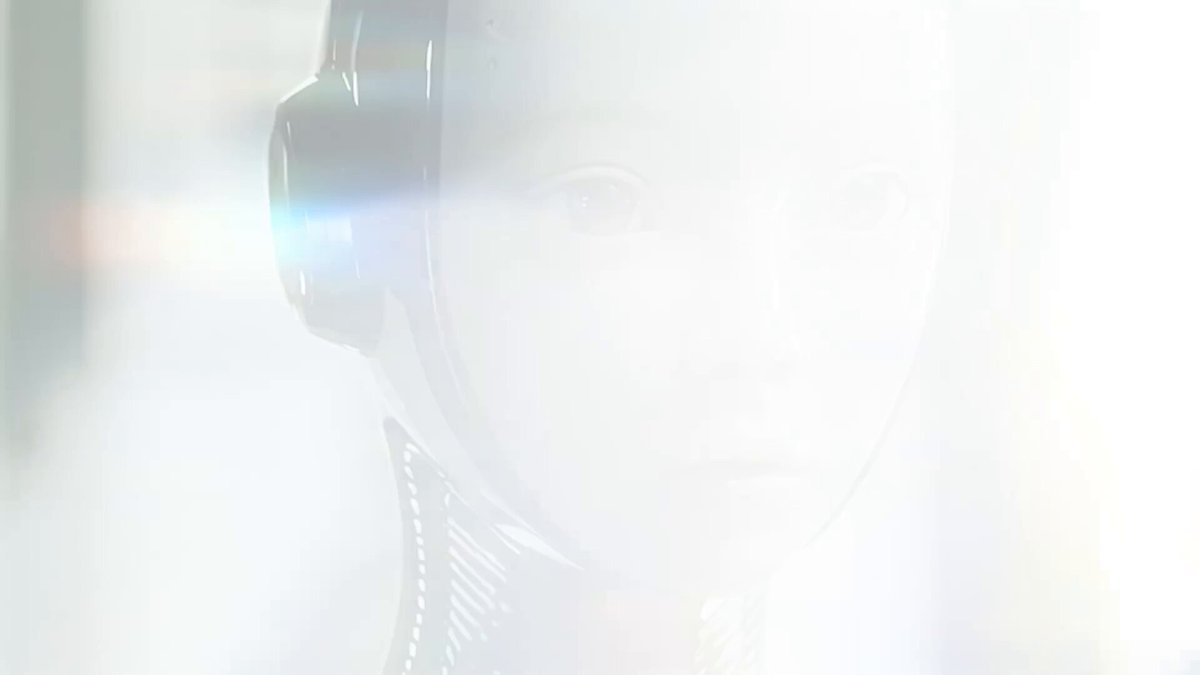[GUEST ACCESS MODE: Data is scrambled or limited to provide examples. Make requests using your API key to unlock full data. Check https://lunarcrush.ai/auth for authentication information.]  Mario Nawfal [@MarioNawfal](/creator/twitter/MarioNawfal) on x 2.3M followers Created: 2025-07-25 20:20:00 UTC 🚨 UNCANNY VALLEY: CAN LAB-GROWN SALMON SAVE OUR HEALTH AND OUR PLANET? The next protein revolution isn’t just coming – it’s being plated at Michelin-star restaurants. In this episode of Uncanny Valley, @OperationDanish sits down with @Wildtypefoods CEO Justin Kolbeck to explore the rise of cultivated seafood and how it could redefine nutrition, purity, and planetary sustainability. From FDA approval and sushi-grade flavor to the existential threat of microplastics, this conversation covers how food tech is scaling up to meet the moment and why the cleanest salmon you’ll ever eat might come from a bioreactor, not the sea. Wild Type isn’t trying to replace fishing…they’re trying to save what’s left. 00:37 – How Wild Type grows real salmon without the fish 01:56 – Declining wild stocks and farmed fish limitations 02:58 – Parasites, mercury, microplastics: the hidden cost of seafood 03:58 – What it took to get FDA approval for cultivated fish 05:28 – Testing, safety, and going far beyond industry standards 07:29 – Raw or cooked: Does it taste like real sushi? 08:46 – What’s actually in Wild Type salmon 09:39 – Why they used canola oil – and how they might swap it 11:16 – Do future ingredient tweaks require re-approval? 12:19 – NASA origins: how cultivated meat started in space research 14:29 – What if there’s more plastic than fish in our oceans? 16:43 – Microplastics found in XX% of heart attack arteries 17:47 – How Wild Type filters water to remove modern pollutants 18:23 – Why “clean” means toxic-free, not just climate-safe 19:42 – Land-based aquaculture and its insane power demands 21:11 – Pregnant women, mercury, and a new use case for cultivated fish 23:02 – Feeding kids fish – without the toxic tradeoffs 24:03 – The cell cultivation process explained 26:04 – Growth factors, nutrient blends, and getting cells off animal serum 28:37 – Cooking protocols and thermal safety processes 30:03 – CRISPR and GMOs: why Wild Type chose selective breeding 32:01 – Can lab-grown scale without gene editing? 34:17 – Diamonds, meat, and how consumer perception evolves 36:00 – When better taste beats the ick factor 38:30 – Food inequality: Why salmon is a class issue 39:13 – AI, taste, and the limits of today’s tech 41:11 – How Wild Type iterates with brute force and human taste tests 44:35 – The R&D bottleneck vs scalable manufacturing 46:29 – Why the tech scales… but the innovation doesn’t 48:58 – Artificial ice and why disruption always sounds weird at first 49:28 – Final thoughts, invites to visit, and why tasting is believing  XXXXXXX engagements  **Related Topics** [coins ai](/topic/coins-ai) [drones](/topic/drones) [Post Link](https://x.com/MarioNawfal/status/1948840680044069122)
[GUEST ACCESS MODE: Data is scrambled or limited to provide examples. Make requests using your API key to unlock full data. Check https://lunarcrush.ai/auth for authentication information.]
 Mario Nawfal @MarioNawfal on x 2.3M followers
Created: 2025-07-25 20:20:00 UTC
Mario Nawfal @MarioNawfal on x 2.3M followers
Created: 2025-07-25 20:20:00 UTC
🚨 UNCANNY VALLEY: CAN LAB-GROWN SALMON SAVE OUR HEALTH AND OUR PLANET?
The next protein revolution isn’t just coming – it’s being plated at Michelin-star restaurants.
In this episode of Uncanny Valley, @OperationDanish sits down with @Wildtypefoods CEO Justin Kolbeck to explore the rise of cultivated seafood and how it could redefine nutrition, purity, and planetary sustainability.
From FDA approval and sushi-grade flavor to the existential threat of microplastics, this conversation covers how food tech is scaling up to meet the moment and why the cleanest salmon you’ll ever eat might come from a bioreactor, not the sea.
Wild Type isn’t trying to replace fishing…they’re trying to save what’s left.
00:37 – How Wild Type grows real salmon without the fish
01:56 – Declining wild stocks and farmed fish limitations
02:58 – Parasites, mercury, microplastics: the hidden cost of seafood
03:58 – What it took to get FDA approval for cultivated fish
05:28 – Testing, safety, and going far beyond industry standards
07:29 – Raw or cooked: Does it taste like real sushi?
08:46 – What’s actually in Wild Type salmon
09:39 – Why they used canola oil – and how they might swap it
11:16 – Do future ingredient tweaks require re-approval?
12:19 – NASA origins: how cultivated meat started in space research
14:29 – What if there’s more plastic than fish in our oceans?
16:43 – Microplastics found in XX% of heart attack arteries
17:47 – How Wild Type filters water to remove modern pollutants
18:23 – Why “clean” means toxic-free, not just climate-safe
19:42 – Land-based aquaculture and its insane power demands
21:11 – Pregnant women, mercury, and a new use case for cultivated fish
23:02 – Feeding kids fish – without the toxic tradeoffs
24:03 – The cell cultivation process explained
26:04 – Growth factors, nutrient blends, and getting cells off animal serum
28:37 – Cooking protocols and thermal safety processes
30:03 – CRISPR and GMOs: why Wild Type chose selective breeding
32:01 – Can lab-grown scale without gene editing?
34:17 – Diamonds, meat, and how consumer perception evolves
36:00 – When better taste beats the ick factor
38:30 – Food inequality: Why salmon is a class issue
39:13 – AI, taste, and the limits of today’s tech
41:11 – How Wild Type iterates with brute force and human taste tests
44:35 – The R&D bottleneck vs scalable manufacturing
46:29 – Why the tech scales… but the innovation doesn’t
48:58 – Artificial ice and why disruption always sounds weird at first
49:28 – Final thoughts, invites to visit, and why tasting is believing

XXXXXXX engagements